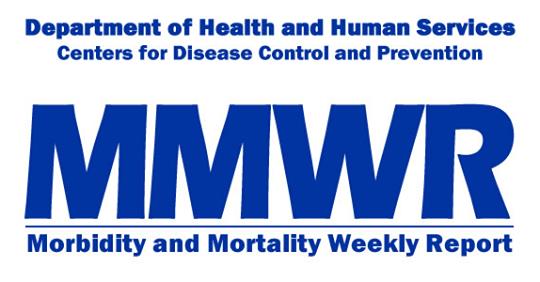HIV PrEP in the U.S. Military Services

Approximately 2,000 U.S. service members and their beneficiaries have accessed HIV pre-exposure prophylaxis (PrEP). However, approximately 10,000 more U.S. service members could potentially benefit from it based on current Centers for Disease Control and Prevention clinical guidelines. Those are among the findings reported in an Morbidity and Mortality Weekly Report article published earlier this summer. The article, "HIV Preexposure Prophylaxis in the U.S. Military Services — 2014–2016" also discusses unique challenges and issues within the military and strategies that could be taken to address barriers and make PrEP—the use of daily HIV medication to reduce the chance of getting HIV—more accessible to service members.
The article notes that each year, approximately 350 new HIV infections are diagnosed in members of the U.S. military services, with most infections acquired within the United States. The Department of Defense (DoD) populations most affected by HIV mirror those in the U.S. civilian population; the highest rates of new military diagnoses are in men and African Americans. Blacks are disproportionally affected, and most new diagnoses occur among men who have sex with men (MSM). Since the repeal of the military's "Don't Ask, Don't Tell" policy in 2011, an increasing number of active duty personnel have accessed HIV prevention services and PrEP in the military health system. DoD is developing a new policy to address access to care challenges and increase PrEP availability.
To learn more about PrEP use, specifically, military health system and service records were reviewed to describe HIV PrEP use among military personnel, and military health care providers were surveyed to assess HIV PrEP knowledge and attitudes.
The authors found that among 769 service members prescribed PrEP between February 2014 and June 2016, 87% were men who have sex with men. African Americans accounted for 19% of those prescribed PrEP, compared with 47% who were white. The authors estimate that 12,000 service members would be eligible for PrEP. However, as of February 2017, approximately 2,000 service members and their beneficiaries had accessed PrEP, according to DoD data.
In a survey of military health care providers, 49% rated their knowledge of PrEP as poor, and only 29% reported ever having prescribed PrEP. In addition, 51% of the providers indicated a need for more clear evidence of PrEP's safety or efficacy.
The authors note, "Despite the universal access to care afforded to service members by the military health care system, there is a recognized need to improve and expand access to PrEP for those patients at highest risk for HIV infection."